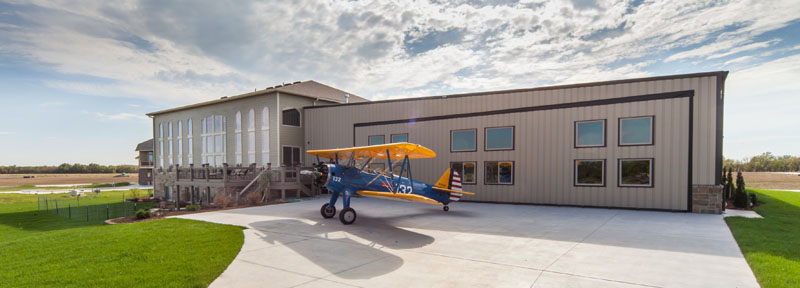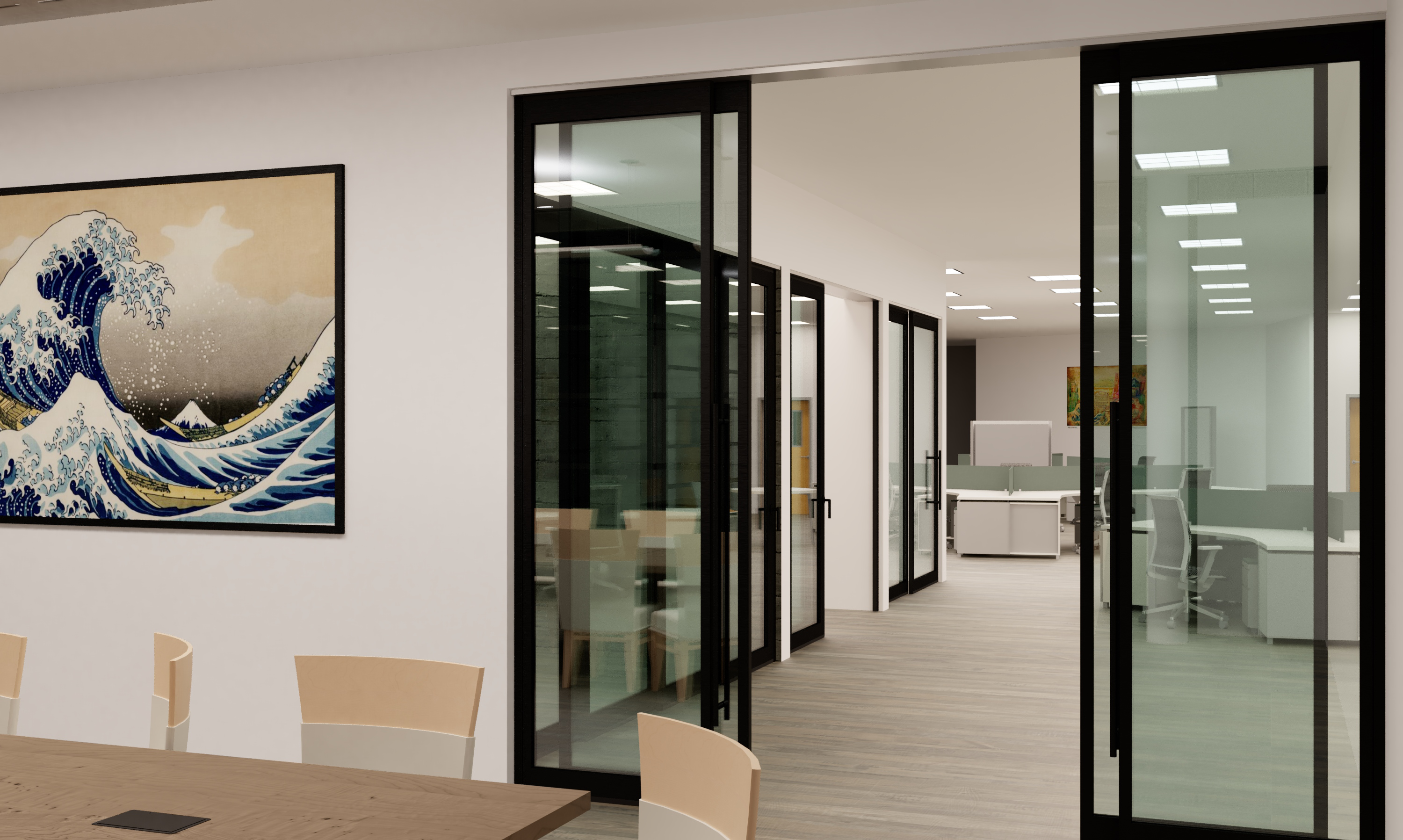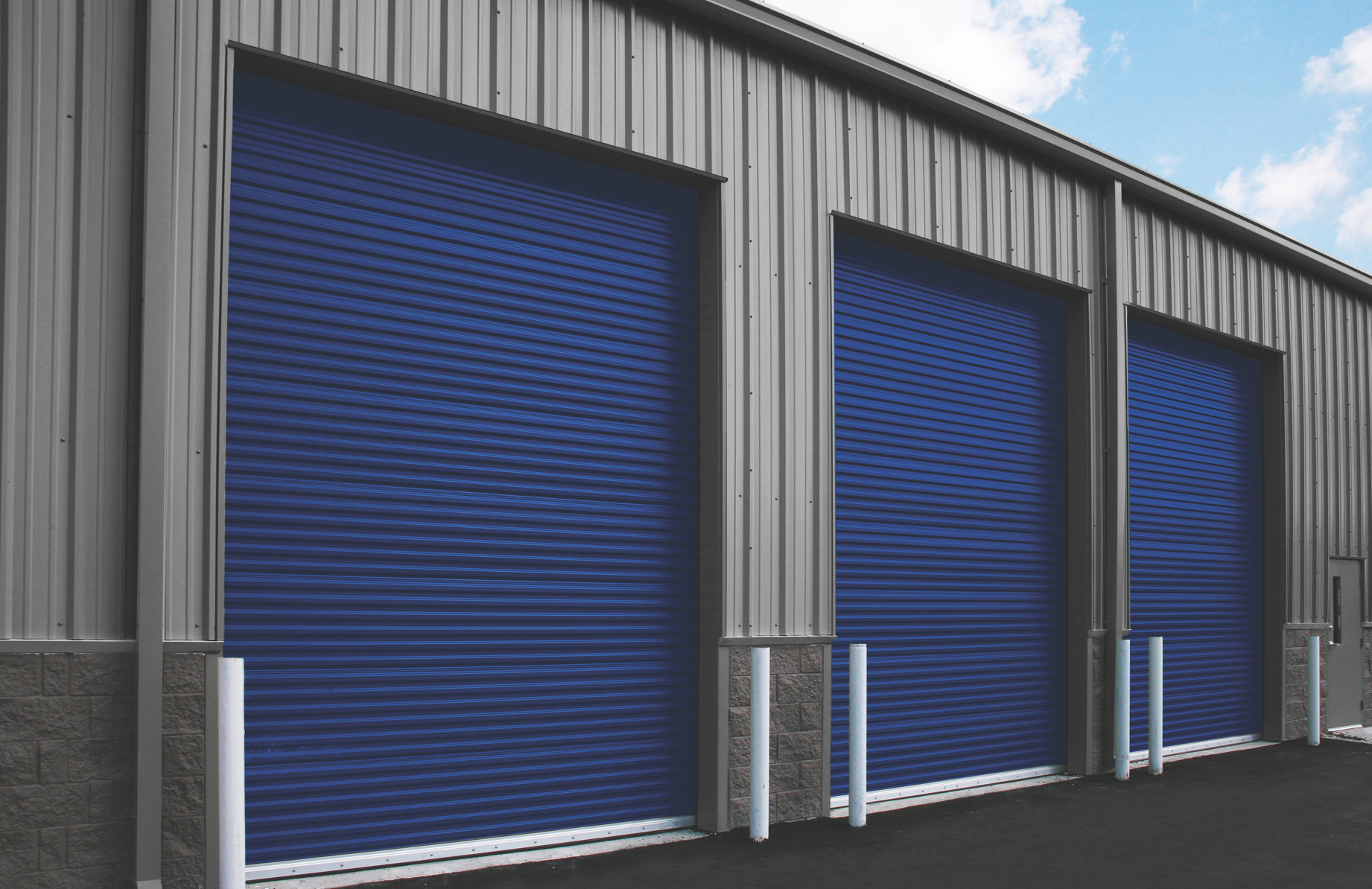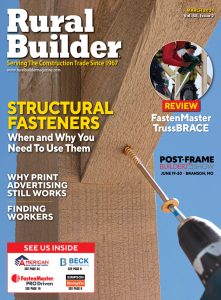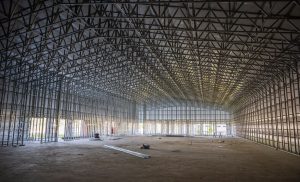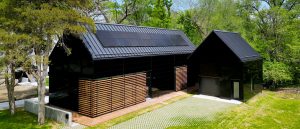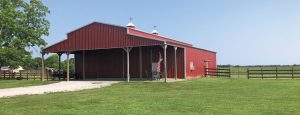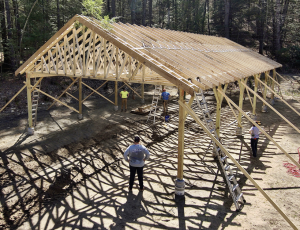By Jenn Milner
Any hobbyist’s dream is to have immediate access to their hobby whenever they want it: living on the golf course, an easily accessible boat landing, and, increasingly, a garage and runway for your airplane. “It’s the nature of a pilot,” says Tim Suderman of Diamond Doors. “They have a very large passion, so what’s better than to live at an airport?”
Scott Douglas of Powerlift Doors has been building hangar homes for all types of pilots, from those with several hangar homes across the country to those who have saved their whole lives for this large of an investment. “The common denominator is that they fly a lot and they want to make it easy to fly. They just want to walk out the back door, fly, and come home,” says Douglas.
Hangar homes have been popular in the southern states for many years. Texas, Florida, Mississippi, and Alabama have many hangar home communities and privately-owned airstrips. More recently, says Suderman, they are heading north. “We’re seeing it develop in Montana, Idaho, Oregon, and Washington.” Anywhere with wide-open spaces where large pieces of land are available for purchase and pilots can fly without a lot of interference have become popular locations.
Building Challenges
Some of the rise in demand for hangar homes comes from the declining availability of nearby hangar space. “A lot of the hangars are old and are becoming decommissioned, but no one wants to invest in fixing them up,” says Samantha Wiebe of Diamond Doors. “You are often dealing with developers for multi hangars and they have a lot of issues with regulations and codes.” It’s these demanding regulations that tie the hands of developers and make them shy away from investing.
So pilots have taken the matter into their own hands through private airstrips and hangar home communities where each home has easy access to a central runway. “If they’re going to spend $150,000 on a hangar, they may as well spend a little more and make it their home too,” says Suderman. Builders still have to contend with the FAA and other building regulations, but you’re getting a lot of value and convenience for the effort. “It’s not just coming up with a plan and handing it in,” says Wiebe. “This is a years-long process.”
Part of the challenge, says Douglas, is working with large building teams on so many unique project types. “You’re working with various contractors and the owner and figuring out where we fit in. Sometimes it’s insulated concrete forms (ICF), sometimes it’s wood or steel; you get used to what works and what they want.”
Suderman points out that these are almost never run-of-the-mill, cookie cutter projects. “There is a lot of attention to detail that is required,” he says. “For each project we custom build the doors.” And while the rest of the house is important, it’s not really a hangar home if the plane can’t get in and out.
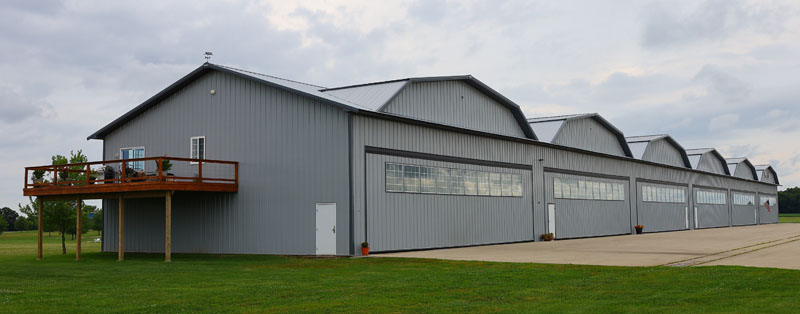
More Home Than Hangar
Probably the most important feature of modern hangar homes, is that they don’t look like hangars at all. “They don’t just want a normal looking hangar, because it is their house,” says Suderman. “There is so much extra detail with the door incorporated into the building.” Pilots are looking for truly spectacular looking buildings that run seamlessly from home to hangar, not something that looks like Frankenstein’s monster. And when you can afford a hobby plane, you don’t skimp on those smaller details. “They are not necessarily looking so much at pennies,” says Douglas.
And he should know. Powerlift Doors has produced more than 15,000 hydraulic hangar doors ranging in size to accommodate airplanes from biplanes to full-sized jets. On some projects, he said, “add in the price of a couple of jets and you hit the $100 million mark pretty easily.” You certainly don’t have to spend that much money for a nice hangar home, but pilots will invest the money to get the features they are looking for. “Typically, not a whole lot of extra money is spent on details in an individual hanger. But with hangar homes, they are spending extra money. This is their home,” says Suderman.
One common trend in hangar homes is to make the hangar door blend in with the rest of the building. John Fehr of I-Beam Doors speaks to the versatility of these wide hangar-style doors, “The whole purpose of a single panel is its simplicity and effectiveness to cover it easily with infinite options of siding or glass; whatever covers the building can be used on the door,” says Fehr. Finishing materials like masonry, wood, siding, brick veneer, and glass are not uncommon. “We see a lot of cedar shake and wood finishing, because a lot of homes will have accents in that type of wood on the house itself,” says Wiebe. Douglas has been covering doors with all sorts of materials; “A lot of people ask if it can be done, not necessarily how much it will be.”
The doors also have to perform well technically for the project to succeed. Expectations, and the dimensions, are only getting bigger. “If the hangar is 90 feet wide, they want an 85-foot door,” says Douglas. “We have engineers on staff. We just focus on making it right for the customer and their project.”
Suderman agrees, “I’d say if you’re building a hangar home, you’re looking for ease of use and convenience. You want innovative features like an auto-lock system with a remote. Our doors are relatively quiet, and the opening speed is fastest in the industry.”
And, of course, the doors themselves are top-of-the-line. “The outstanding performance of our system with complete automation and control,” says Fehr, “makes the system very safe, reliable, and maintenance free for decades of use.” Fehr’s doors also have the benefit of an R-50 insulation rating, making it easier to incorporate the door into a residence while maintaining interior comfort. “My door system is not only designed as wide doors for airplanes and equipment, but also for wall openings in residential spaces, being able to bring the outside inside and inside outside,” says Fehr.
An expanding aviation market means more hangar homes may be popping up around you. They are often creative projects for a really unique customer. “People who fly like to fly without fuss. That’s what a hangar home does,” says Douglas. “Just walk out your back door and you are immediately in a plane; five minutes from when you get up you can be flying.”



